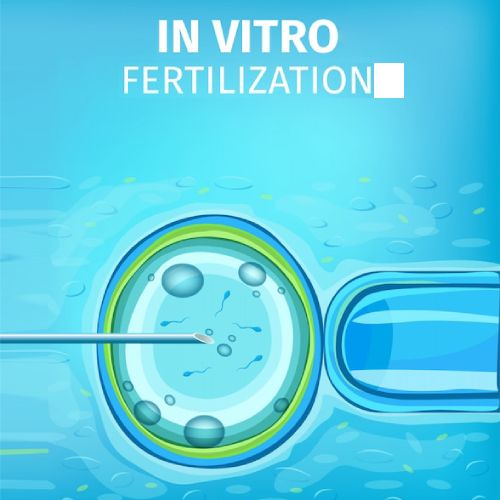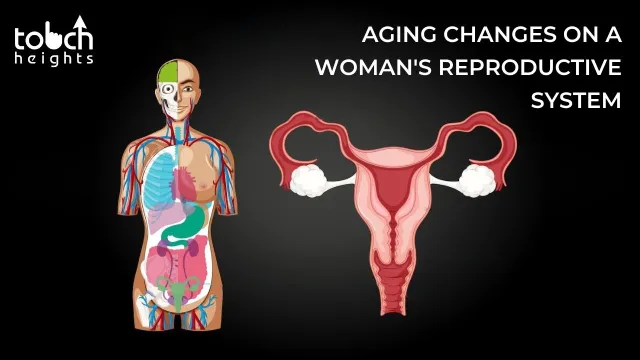Unbeknownst to you, your reproductive system ages far more quickly. After graduating from college, settling into a profession, or waiting for the ideal partner, some women discover that they are unable to conceive owing to age-related infertility. Other women are taken aback when, while still feeling youthful and healthy, they start experiencing menopausal symptoms like hot flashes. Understanding these changes in your body requires knowledge of the stages your reproductive system goes through.

What phases of reproduction are there?
- Biological Years
Around the age of 12, the first menstrual cycle starts. Periods (cycles) may start irregularly but over the next several years, they should start to become regular. If a woman engages in sexual activity and doesn’t want to get pregnant, contraception is required. During the late teens to the late 20s, fertility reaches its peak before starting to fall. After the age of 30, the likelihood of miscarriage starts to rise while the likelihood of getting pregnant starts to fall. - Female Transition
A woman will often start the shift from her reproductive years to menopause in her 40s. She may start to skip periods and her menstrual cycles will start to fluctuate in duration. Due to the ovaries’ reduced estrogen production, she can get hot flashes and have trouble falling asleep. Contraception is still required to prevent pregnancy despite the rarity of pregnancy. Menopause, or the end of menstruation, often occurs at about age 51. - Postmenopause
Pregnancy is no longer feasible after menopause, and contraception is no longer required. Ovaries seldom generate estrogen, which causes bone loss and dry vaginal skin. Heat flashes get hotter before starting to cool off. Short-term usage of hormone therapy or other therapies may be suitable. During this period, a physician should be consulted if vaginal bleeding is noticed.
How does fertility change with reproductive age?
Many women won’t be able to conceive successfully by the time they become 40. Very few women will be able to conceive successfully by the age of 45. This occurs because as you age, the amount and quality of eggs in your ovaries steadily diminish. This decline increases around the age of 35. The best criterion for egg quality is age. “Loss of ovarian reserve” refers to the declining egg count in the ovaries. Women begin to lose their ovarian reserve before they become infertile or stop having regular cycles.
Ovarian reserve can be measured using medical testing. These tests can reveal whether age-related alterations to the ovaries have started, but they do not reveal whether the pregnancy is likely. When compared to women in the same age group with normal ovarian reserve, those with inadequate ovarian reserve have a reduced likelihood of getting pregnant.
What choices do Women have?
If you wish to put off starting a family until your late 30s or early 40s, take into account fertility preservation treatments like egg retrieval followed by freezing of the eggs or in vitro fertilization (IVF) followed by freezing of the embryos. Despite the success of embryo freezing, a male must be the woman’s spouse or donor sperm must be utilized. Although in the experimental stage, egg freezing for fertility preservation seems to have some promise. For women who are already infertile due to age, the only alternative is to use donated eggs or embryos from a younger woman.

The likelihood of conceiving with donated eggs or embryos is the same as the likelihood for the woman who contributed the eggs.
Conclusion:
Age and reproductive state can significantly affect the evaluation of the reproductive system, interpretation of prospective test article-related data, and finally the risk assessment in nonclinical toxicological investigations. Toxicologic pathologists must be well-versed in the typical anatomy, physiology, and histology of a wide range of age groups, as well as the variations across strains and species. Toxicologists and downstream readers will be better able to comprehend how age as a variable may have influenced the results and interpretation of sexual maturity within the pathology data is carefully reviewed and documented.







